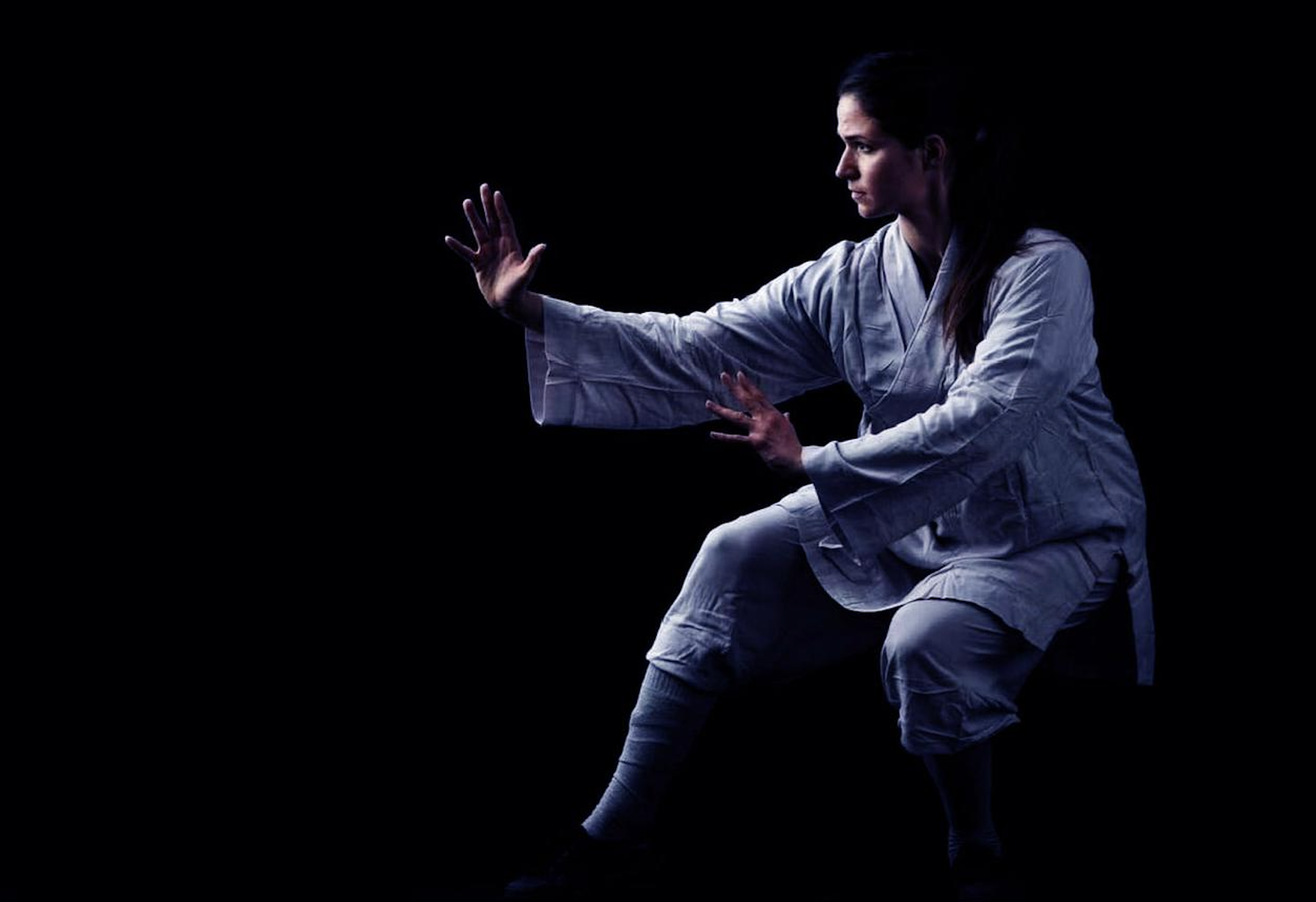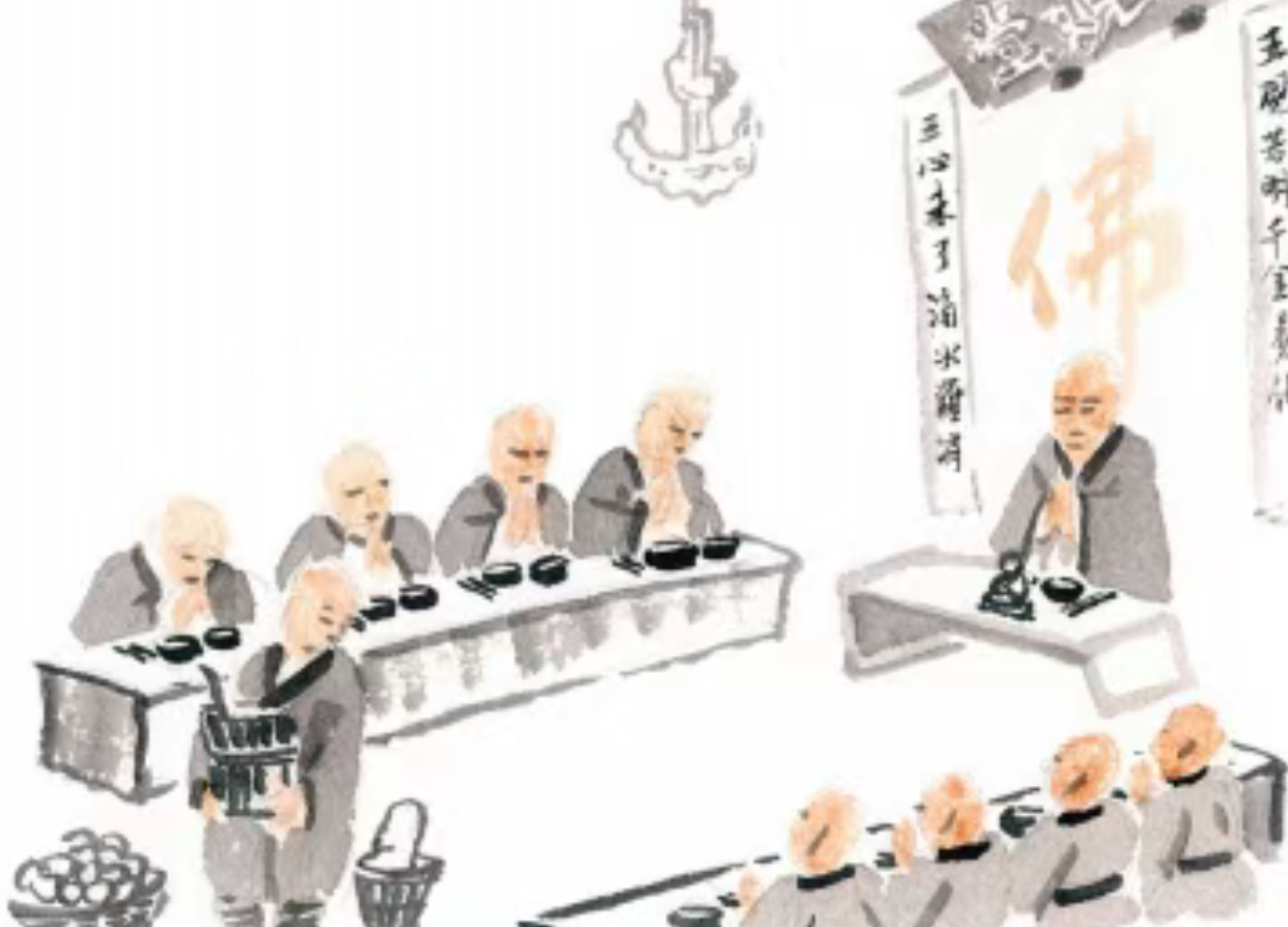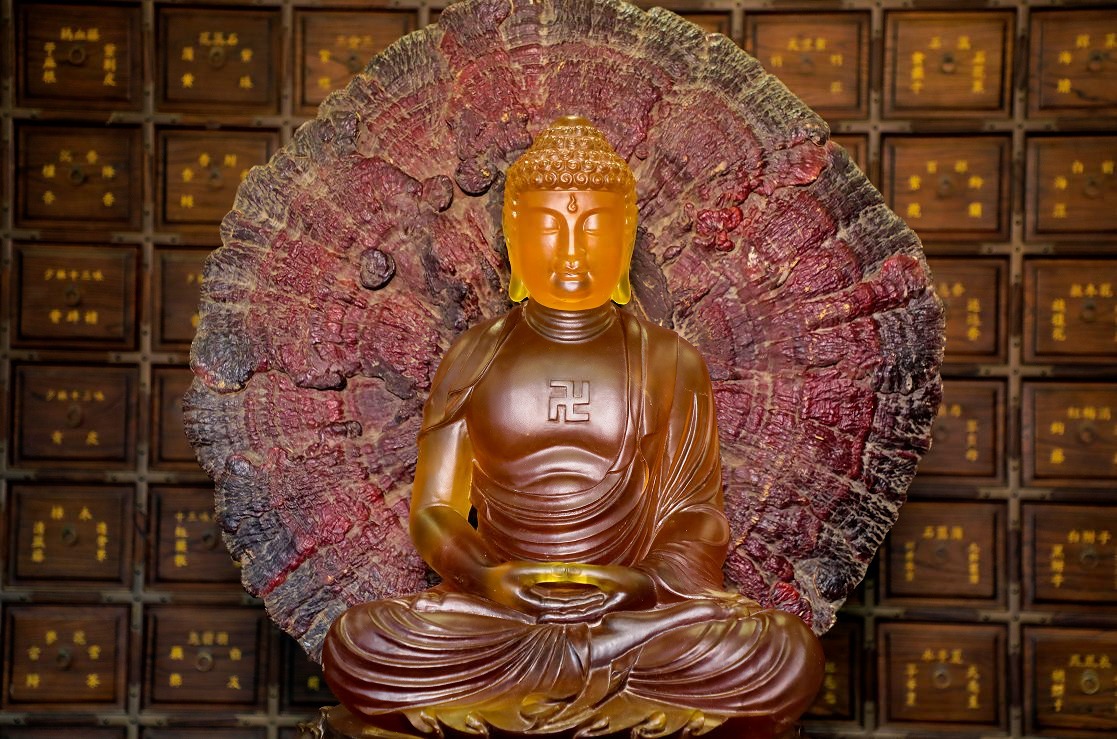The Meaning Behind Fangzhang: More Than a Title
The word Fangzhang is often understood simply as the title for the abbot of a Buddhist temple. However, its origin is architectural rather than personal. Among the seven essential halls (Qilan Qitang) in a monastery, a chamber roughly one zhang (about 3.3 meters) square was called the Fangzhang. This small, humble room was where senior monks or the abbot would rest, hold meetings, and manage temple affairs. Over time, the word Fangzhang also came to respectfully refer to the abbot himself, reflecting the close connection between place and person in Buddhist tradition.

Unique Positioning of Shaolin’s Abbot’s Chamber
At Shaolin Temple, the abbot’s chamber is located on the central axis of the seventh courtyard in the monastic compound—a prestigious spot granted by imperial decree. Unlike most temples where the abbot’s quarters are tucked into side halls, Shaolin places it right in the center, emphasizing its importance. This rare layout signifies special honor and respect, reflecting Shaolin’s historical status.
Before entering the chamber, visitors pass through three gates: a central gate and two side gates. The main gate, known as the Chuihua Gate (“hanging lotus gate”), was originally built before the 17th year of Emperor Qianlong’s reign (around mid-18th century). Its ornate lotus-petal column symbolizes purity and eternal renewal, a flower that never fades. Though the gate was destroyed in 1928, it was carefully restored in 2004, preserving the original spirit.
Historical Significance and Treasures Inside
The abbot’s chamber itself has a long history, dating back to the late Yuan and early Ming dynasties, with continuous restorations. In 1750, Emperor Qianlong stayed there during a visit to Mount Song, bestowing upon it the honorary name “Dragon Court.” In 1995, on Shaolin’s 1500th anniversary, devotees presented a magnificent Jixue-shi (chicken-blood stone) relief titled “The Buddha Teaching Dharma,” richly colored and exquisitely carved, displayed prominently inside the chamber.
The north wall holds the Shaolin lineage chart, carefully preserving the unbroken transmission of Dharma heirs—a symbol of continuity, tradition, and spiritual inheritance. This chamber has also welcomed dignitaries from around the world, including presidents, prime ministers, monks, and kung fu enthusiasts, turning it into a symbolic hub of spiritual leadership and cultural exchange.

The Chamber as the Living Embodiment of the Three Jewels
A famous saying cautions, “Never enter the Hall of the Three Jewels without cause.” Visiting Shaolin often begins in the Mahavira Hall, where one bows to the Buddha statues, then proceeds to the Sutra Library for study. The final step is the abbot’s chamber, which embodies the Sangha—the living community of practitioners representing Buddha, Dharma, and Sangha, the Three Jewels of Buddhism.
In ancient Buddhist texts like the Vimalakirti Sutra, the term Fangzhang referred to a “room one zhang square” capable of containing countless Bodhisattvas, illustrating how a small space can symbolize vast spiritual capacity. Though physically limited, the abbot’s chamber must embrace the entire monastic community and sentient beings through spiritual leadership.
The Abbot’s Role: Practice and Responsibility
Being abbot is more than a rank; it is a role deeply tied to practice and responsibility. The abbot leads both the Eastern and Western Sangha assemblies, guiding collective Dharma cultivation and managing the temple’s daily affairs. This ensures the monastic lifestyle remains self-sufficient and aligned with Buddhist precepts.
Monastic communities, whether large or small, operate through a division of roles—48 distinct positions in some Chan monasteries, split between Eastern and Western groups. Western roles typically include head monk, senior monks, hall leaders, record keepers, and assistants. Eastern roles involve dormitory supervisors, guest liaisons, incense managers, water keepers, and night watchers. Each role supports the Sangha’s harmony and the path toward liberation.

The Fangzhang Chamber as a Spiritual Metaphor
The chamber’s small size symbolizes the heart of spiritual cultivation: calm, focused, and unwavering despite worldly distractions. While the body’s shelter can be simple, anchoring the mind takes years or lifetimes. Many lose themselves chasing fame or comfort, forgetting their true heart. The Fangzhang chamber reminds us to “establish the mind upright.”
The mind is the true residence of the self—vast like the cosmos, yet intimate like the chamber’s four walls. Whether layperson or monk, holding the heart pure and centered means carrying the entire universe within and finding peace amid chaos.
Conclusion: The True Abode is the Mind
The abbot’s chamber teaches us that spiritual authority and leadership arise not from grand size or wealth, but from a steady mind aligned with the Dharma. The greatest space is the one within—the pure, upright, and open heart. Wherever we go, we must carry that heart with us.



